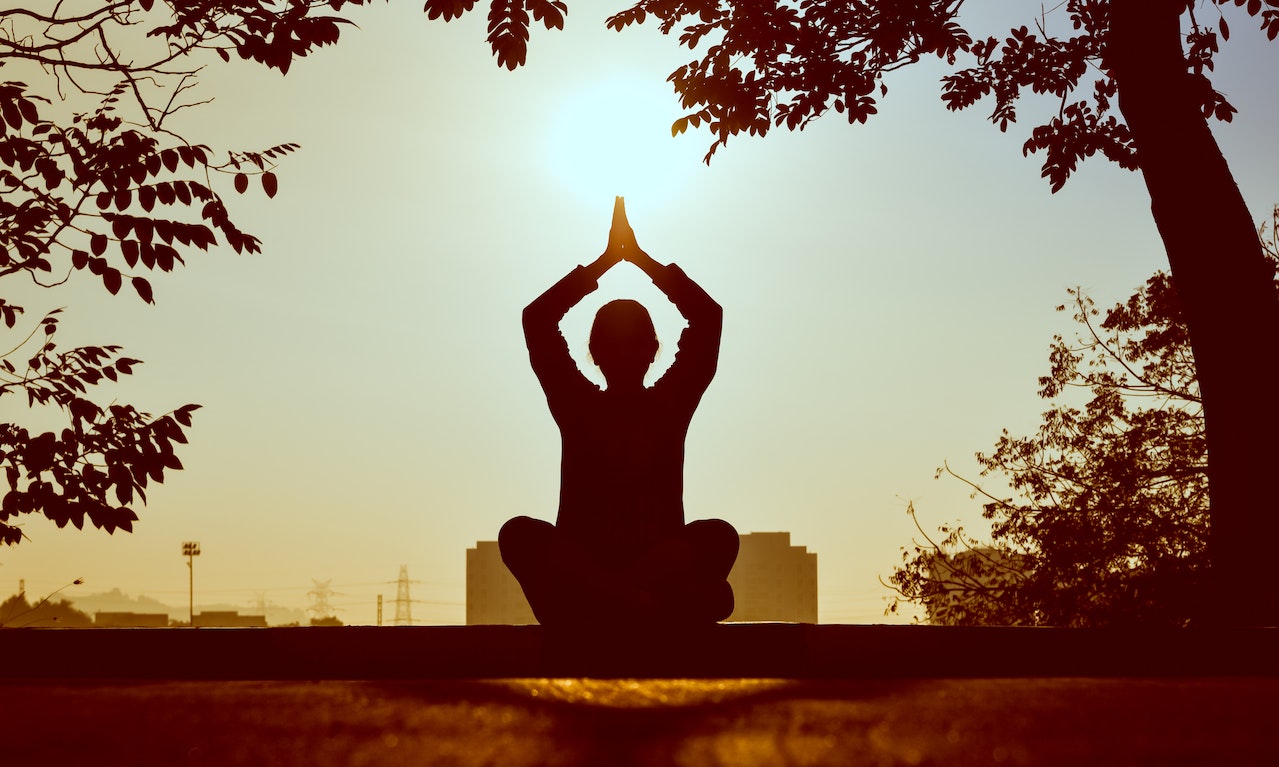In our fast-paced lives, physical activity often takes a back seat, leading to stiff muscles and joint pain. Stretching, a simple yet powerful exercise, can counteract these issues. Incorporating a daily stretching routine can yield numerous benefits, from enhanced flexibility to stress relief. This article explores the importance of stretching and provides guidance on creating an effective daily routine.
The Benefits of Stretching
Stretching offers a myriad of advantages that contribute to overall well-being. Here’s a closer look at some key benefits:
- Improved Flexibility and Range of Motion Regular stretching helps maintain and enhance the flexibility of muscles and joints, improving the range of motion. This is crucial for performing daily activities efficiently and can be particularly helpful for those experiencing middle back pain, as it alleviates stiffness and discomfort.
- Reduced Injury Risk Stretching before and after physical activity prepares muscles for exertion and aids recovery. By promoting muscle elasticity and joint mobility, stretching reduces the likelihood of strains and sprains, making it a vital component of any exercise regimen.
- Improved Posture Poor posture is a common issue, often exacerbated by prolonged sitting. Stretching strengthens the muscles that support the spine, promoting better alignment and reducing the risk of back pain. In particular, stretching can be a good exercise for middle back pain relief. By improving posture and flexibility in the chest, shoulders, and upper back muscles, stretching can alleviate tightness and discomfort associated with middle back pain
- Stress Reduction Stretching has a relaxing effect on the body and mind. It reduces muscle tension and promotes the release of endorphins, which are natural mood lifters. Integrating stretching into your daily routine can be a simple yet effective way to manage stress.
- Enhanced Performance For athletes and fitness enthusiasts, stretching is essential for optimizing performance. By improving flexibility and circulation, stretching ensures that muscles are well-prepared for physical challenges, enhancing overall athletic performance.
Building a Daily Stretching Routine
Creating an effective daily stretching routine involves understanding different types of stretching and tailoring them to your needs.
Types of Stretching
- Static Stretching: Involves holding a stretch for a prolonged period, typically 15-60 seconds. This type is excellent for improving flexibility and should be done post-exercise when muscles are warm.
- Dynamic Stretching: Involves moving parts of your body through a full range of motion. This type is ideal as a warm-up before physical activity to prepare muscles for movement.
- Proprioceptive Neuromuscular Facilitation (PNF): Combines passive stretching and isometric contractions. It’s often used in clinical settings to increase flexibility and range of motion.
Stretching for Different Needs
There’s no one-size-fits-all approach to stretching. Tailor your routine to your specific needs and fitness level. If you’re new to stretching, start slowly and gradually increase the duration and intensity of your stretches as your flexibility improves.
For example, people recovering from back surgery might benefit from consulting a physical therapist to develop a safe and effective routine. A physical therapist can assess your individual needs and limitations and create a personalized routine that promotes healing and prevents further injury. This is especially crucial during the early stages of the back surgery recovery timeline. A well-designed program will incorporate a combination of gentle stretches and targeted exercises to gradually regain strength, flexibility, and range of motion. Ideally, this program will progress over time, allowing you to safely increase the intensity of your stretches as your body heals.
Tailoring stretches to specific needs ensures that the routine is beneficial and minimizes the risk of injury.
Sample Daily Routine
Here’s a simple daily stretching routine that addresses various muscle groups:
- Neck Stretch: Gently tilt your head towards each shoulder, holding for 15 seconds on each side.
- Shoulder Stretch: Cross one arm over your body and use the other arm to pull it closer, holding for 15 seconds on each side.
- Hamstring Stretch: Sit with one leg extended and the other bent. Reach for your toes and hold for 30 seconds on each side.
- Quadriceps Stretch: Stand on one leg, pull your opposite foot towards your buttocks, and hold for 30 seconds on each side.
- Back Stretch: Lie on your back, pull your knees to your chest, and hold for 30 seconds.
Frequency and Duration
Consistency is key. Aim to stretch for at least 10-15 minutes daily. Incorporate stretching into your morning or evening routine, or as part of your warm-up and cool-down during workouts. Adjust the duration and intensity based on your body’s response and specific needs.
Conclusion
Stretching is a fundamental practice that enhances physical and mental well-being. Whether you’re aiming to improve flexibility, reduce the risk of injury, or alleviate middle back pain, a daily stretching routine can make a significant difference. By understanding the types of stretching and tailoring them to your needs, you can develop a routine that supports your health and fitness goals. Remember, if you’re recovering from back surgery or have specific health concerns, consulting a healthcare professional can ensure your routine is safe and effective. Embrace the power of stretching and experience its transformative benefits every day.




